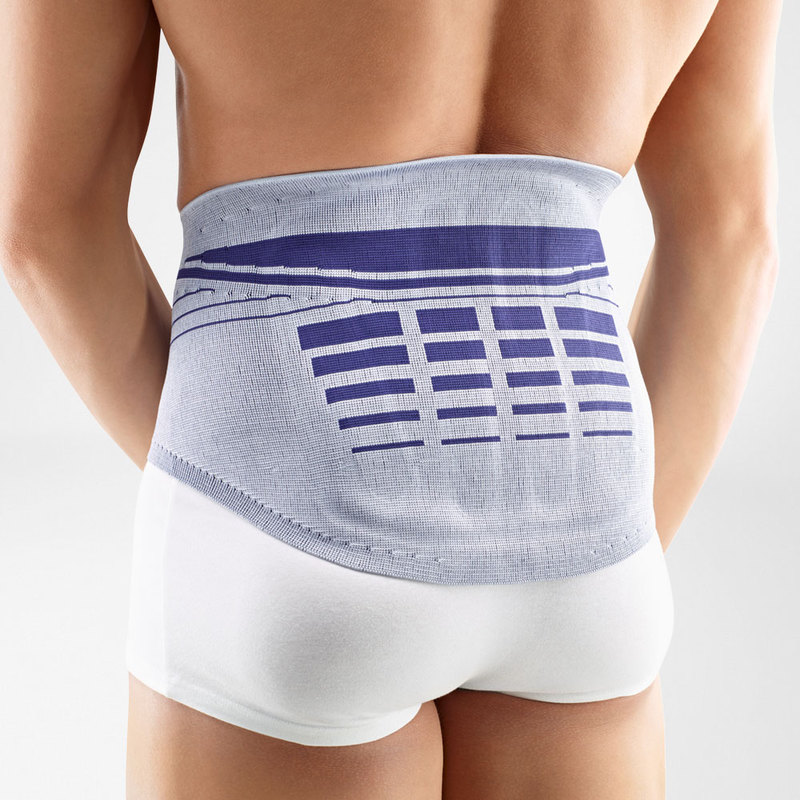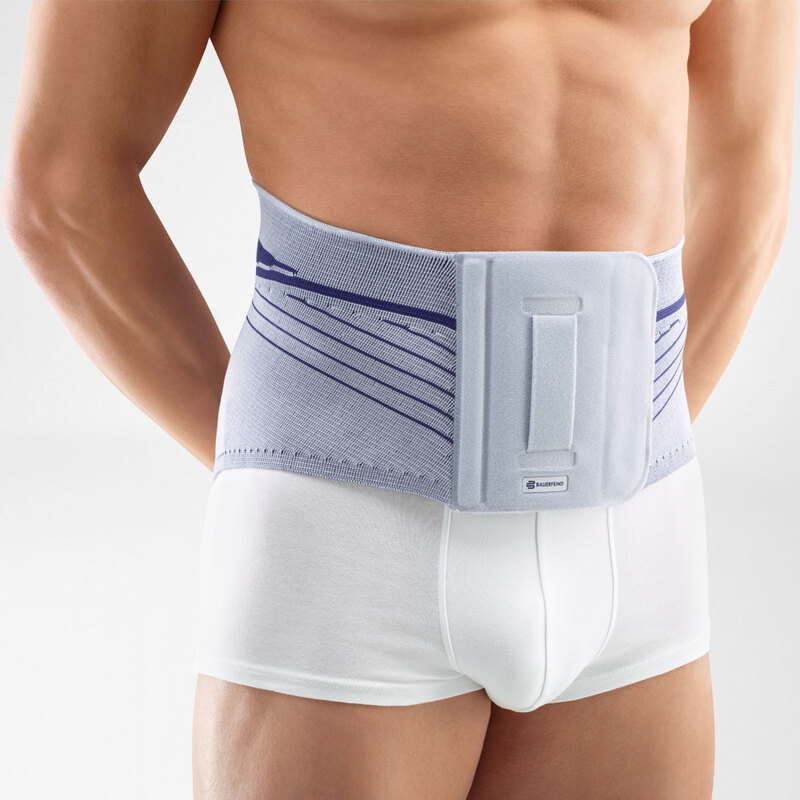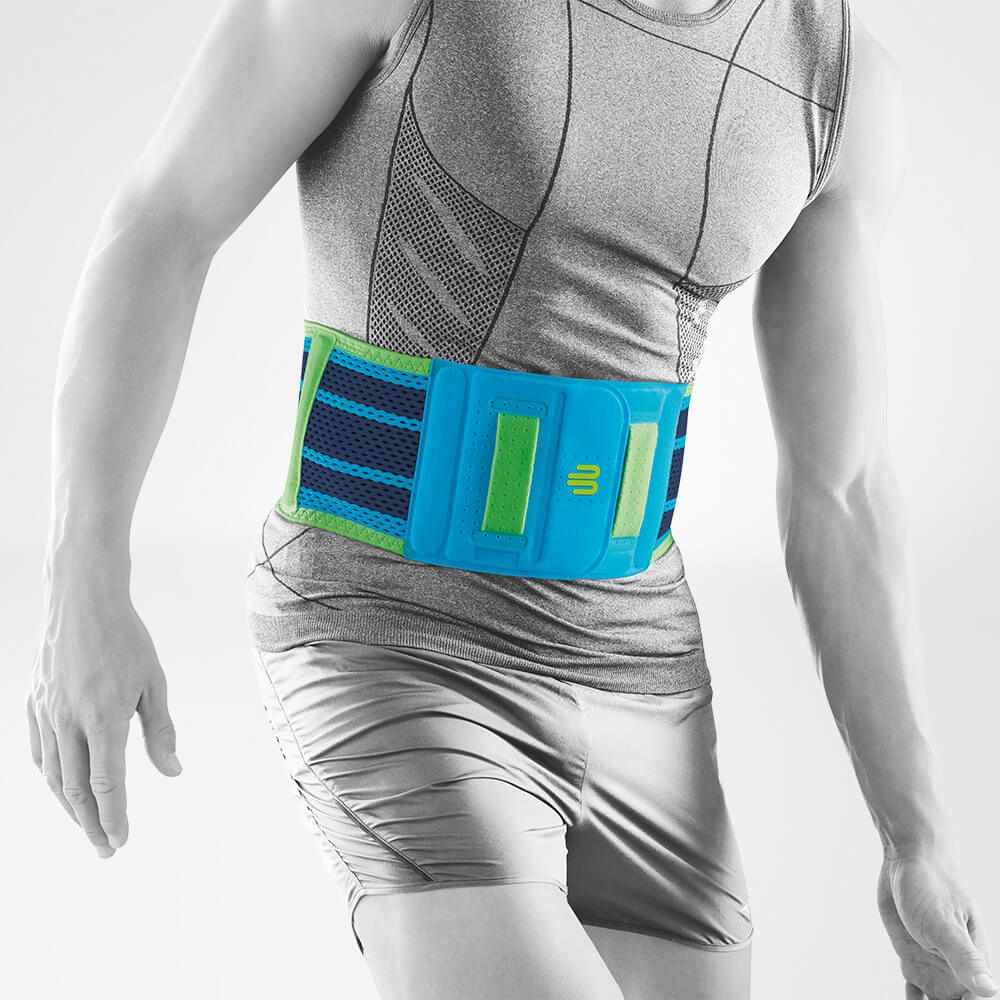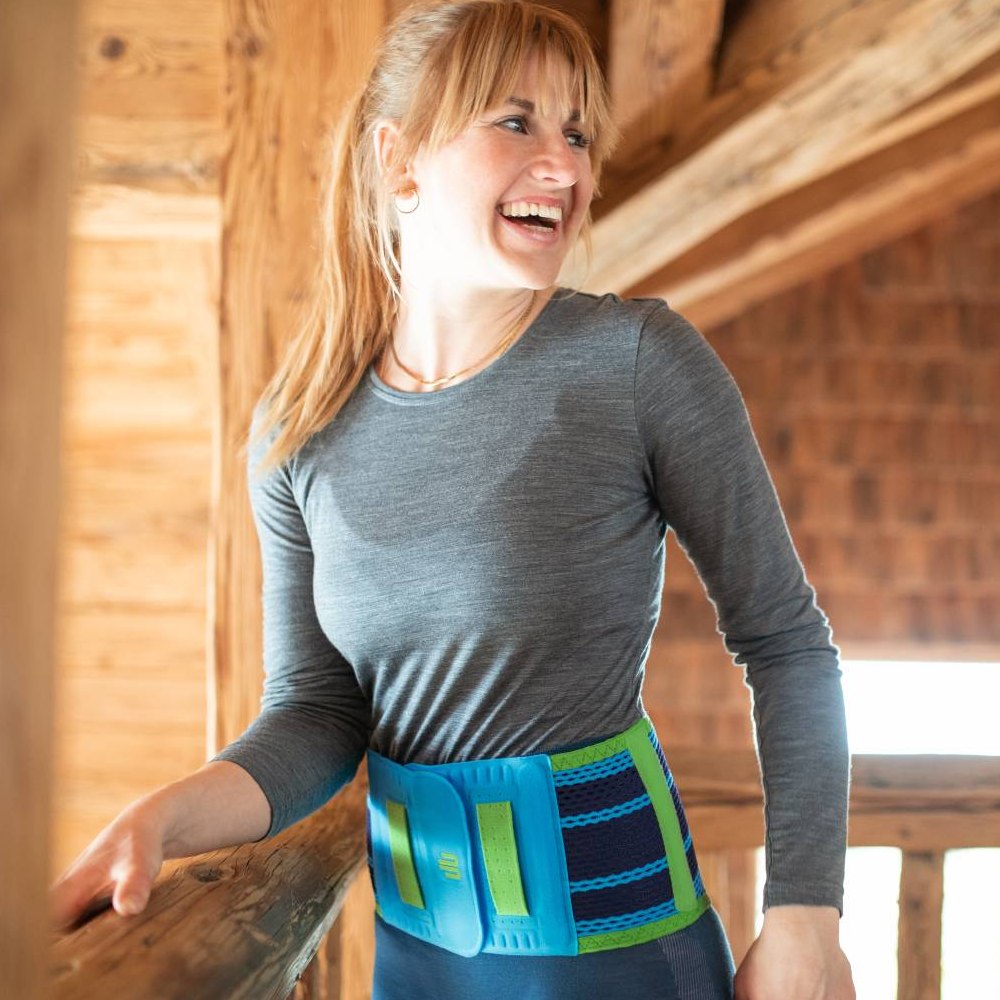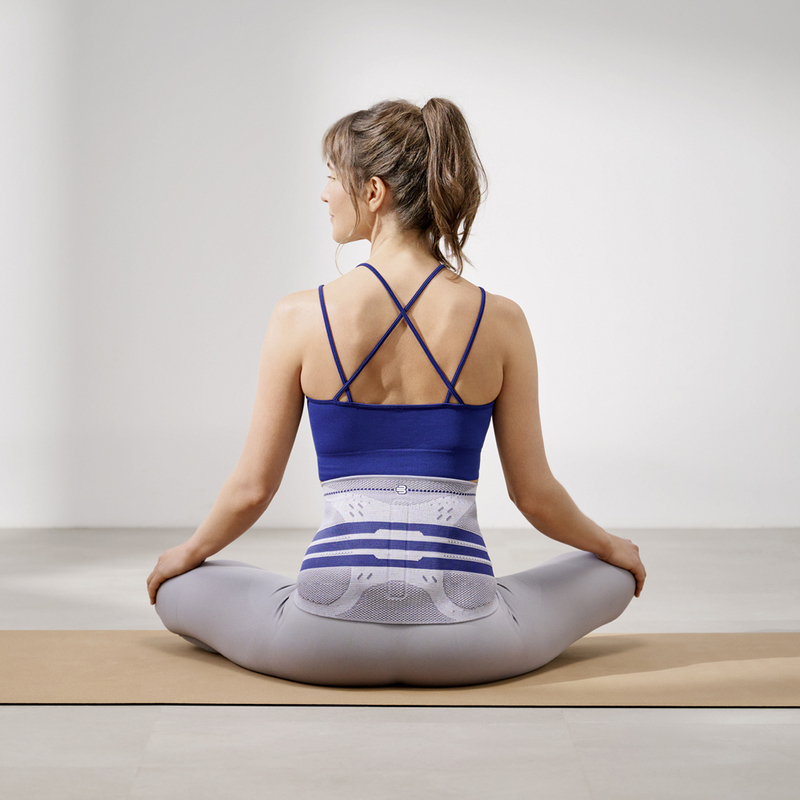Lower Back Guide
Causes, symptoms and treatment options for lower back pain.
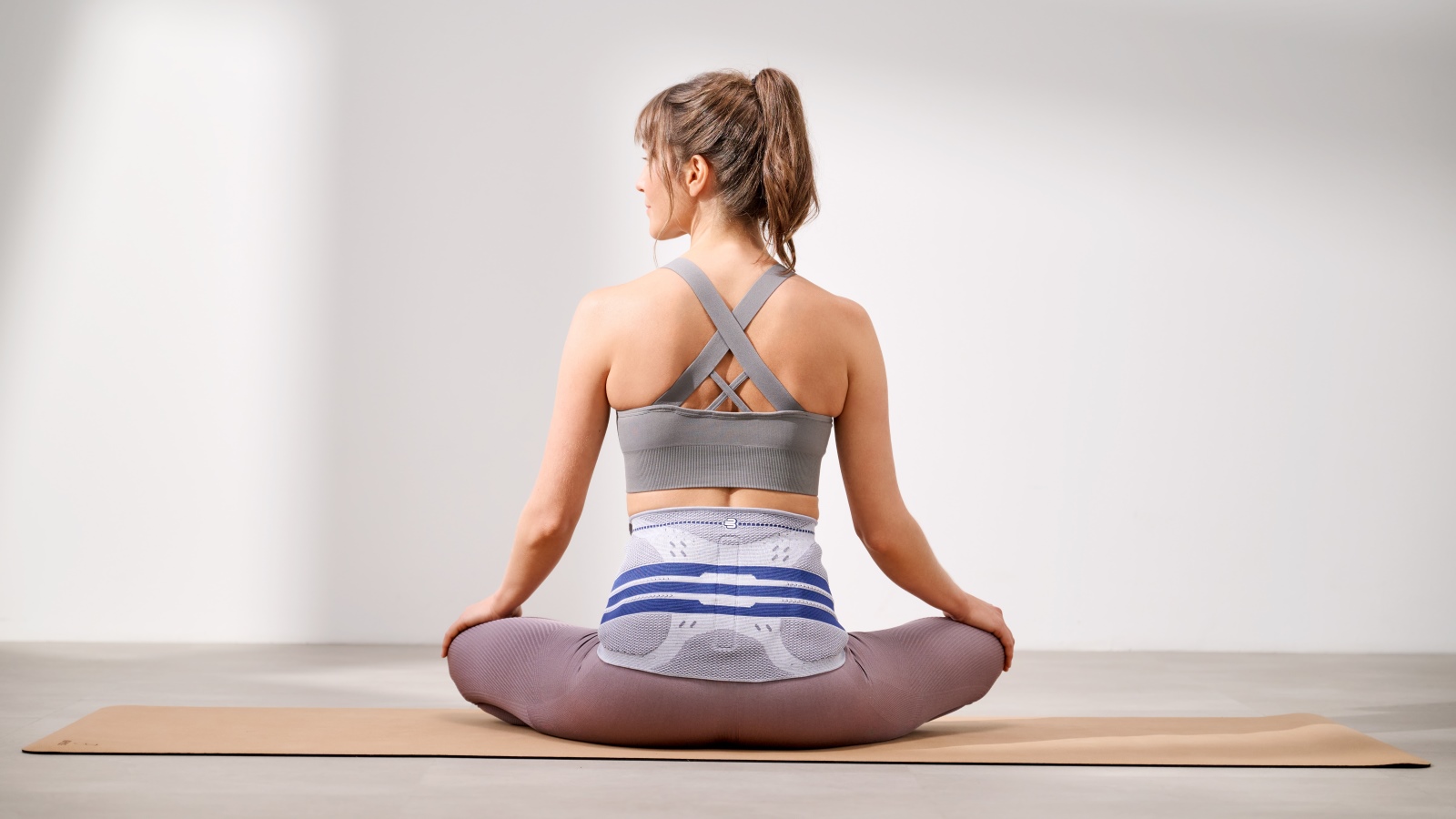
Did you feel a sudden, sharp pain in your back or have recurring back pain? According to the CDC, 39% of American adults experienced back pain in the past three months.* Back pain can be categorized in a few ways based on where the pain is located, how severe the pain is or how long it persists. Lower back pain can be usually treated at home and subsides within a few weeks.
- Acute low back pain – lasting less than 4 weeks
- Subacute back pain – last 4-12 weeks
- Chronic back pain – lasts more than 12 weeks
What makes our spine so special?
The spine is the structural load-bearing element of our bodies to which all other “functional elements” such as the head, arms, legs and rib cage are attached. If you look at it from the side, the spine is curved in a double S-shape. It’s bent forward in the cervical and lumbar vertebrae areas, while in the thoracic and coccyx (tailbone) areas, it curves backward.
The 24 fixed vertebral bodies encase the spinal cord in the vertebral canal. The flexible intervertebral discs connect the vertebral bodies and function as shock absorbers in the spine. This means impacts during walking, running and jumping can be absorbed. A complicated mechanism made up of ligaments and muscles keep the spine taut and upright. Unfortunately, these finely tuned structures are prone to injuries.
Symptoms of lower back pain
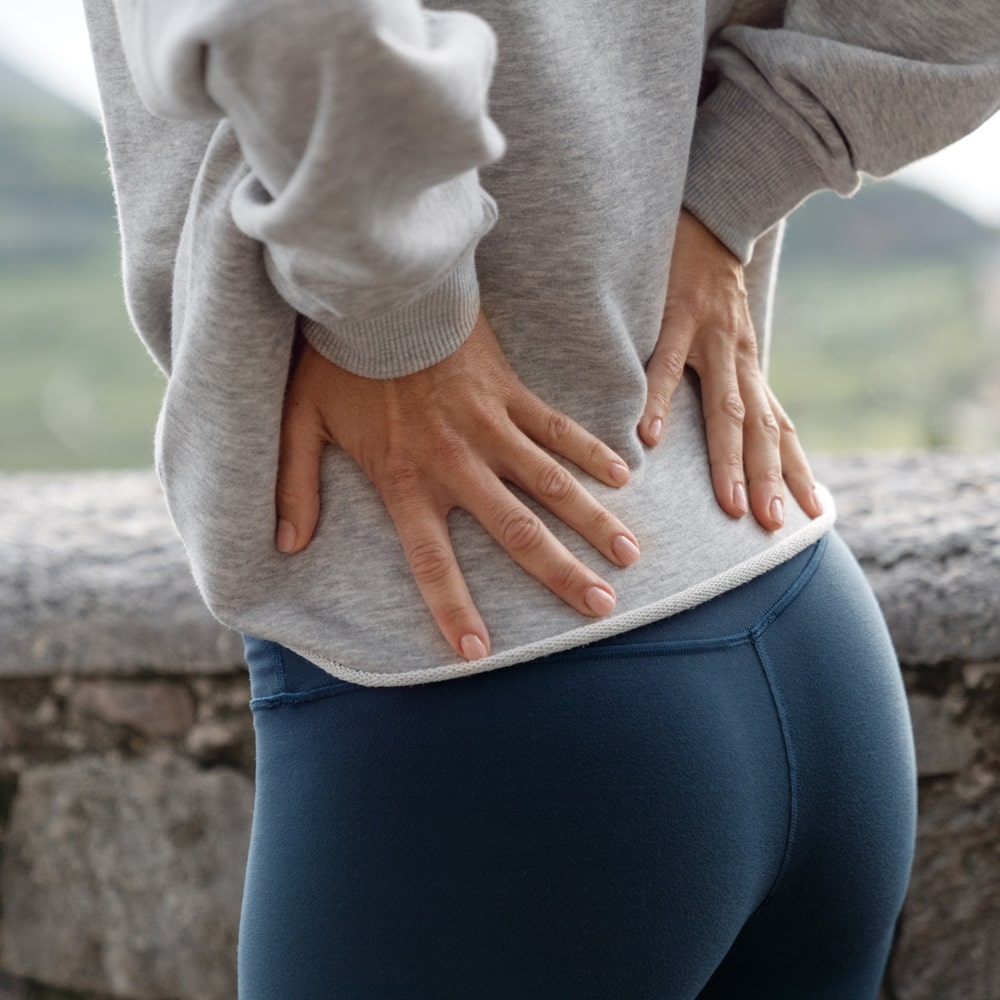
Depending on the cause of lower back pain it can be described as sharp shooting pain during a certain movement such as bending down or dull persistent pain sometimes radiating to the legs or buttocks. The pain and the resulting posture to help relieve pain can cause cramping (spasm) of the muscles in the lower back, which in turn increases the pain further. Pain is often worse in certain positions and gets better while laying down. Many people also report stiffness or reduced range of motion.
Sometimes, you might believe that you're experiencing lower back pain when it's actually pain related to your sacroiliac (SI) joints. SI joint pain symptoms can include stabbing or dull lower back pain, mostly on one side, that can worsen when standing, climbing stairs or walking.
What causes lower back pain?
Acute lower back pain without an underlying condition - also called mechanical back pain, lumbago, lumbosacral sprain or strain and lumbar syndrome - is one of the most common causes of back pain and is usually triggered by everyday stresses on the spine, improper lifting, overexertion, poor posture, lack of regular exercise, excess weight and mental strain. Back pain lasting longer than 12 weeks is described as chronic back pain. Common factors for chronic back pain are underlying conditions such as osteoporosis, arthritis and other structural and degenerative conditions being more prevalent as you get older.
Lower back pain can have many causes, such as:
- Back strains and sprains
- Bulging or herniated disc
- Structural problems (spinal stenosis)
- Arthritis
- Osteoporosis
- Disease (cancer, kidney stones, spine tumors)
- Fractures
When to see a doctor
Immediately see a physician if the pain in your back stems from a fall or injury, if you experience leg weakness, tingling in your limbs, bowel or bladder issues or develop a fever.
How to treat lower back pain?
First steps for treatment of acute lower back pain may include limited rest for a few days and over-the-counter anti-inflammatory medication to relieve pain. Warm baths can help to relieve tensed muscles. Starting moderate activity after a few days with a back support helps to increase blood flow, relax muscles and relieve pain. Bauerfeind back braces and supports can help stabilize your back, improve your posture and massage the affected area.
Depending on the cause of back pain – lower back pain usually gets better with:
- Limited rest
- Over-the-counter anti-inflammatory medication such as Ibuprofen to reduce pain and inflammation. Muscle relaxants may be prescribed by your physician.
- Heat or cold therapy
- Back supports
- Gentle strength and stretching exercises
- Regular activity
- Massages
- Acupuncture
- Relaxation techniques (Yoga, Meditation)
Advanced Therapy:
- Physical therapy
- Hands-on manipulation
- Injections
Bauerfeind back supports and orthoses
Bauerfeind’s lightweight, breathable back braces provide stability while allowing for full range of motion and encouraging abdominal and back extensor muscle activity. Strategically placed gel pads with nubs provide a massage effect in targeted areas to relieve pain, reduce muscle spasm and increase circulation. Due to their high degree of wearing comfort, they can support you during everyday activities and on your journey toward a healthy back.
How to prevent back pain?
Strong back muscles are the best way to prevent back pain because the many layers of muscles support and relieve the spine and keep the back mobile. As a result, minor mechanical stress – which nobody can completely avoid in everyday life – is not a problem.
Those who want to actively strengthen their backs don’t have to achieve high levels of performance. It’s much more important to incorporate regular, targeted activity and to develop awareness for back-friendly behavior during everyday life.
- Maintain an active lifestyle with healthy weight
- Lift properly
- Improve posture
- Get help for stress, depression and anxiety
The Bauerfeind back guide contains information about back pain for you and your healthcare provider.
Click to Download your Back Guide
You might also be interested in:
Yoga for the Back
Seven gentle strength and stretching yoga poses to mobilize, stretch and strengthen your back.
SI Joint Relief
Explore how to find relief for SI joint dysfunction.
Back Therapy
Learn more about a holistic back therapy with five models for back pain relief.
Preventing Back Pain
Achieve a stronger and healthier back by improving posture, workspace ergonomics or proper lifting techniques.
This information is provided for general information purposes and should not be relied on as a substitute for medical advice, evaluation or care from a qualified and licensed health care provider. The information contained here is not to be considered a plan of care of physical therapy.



